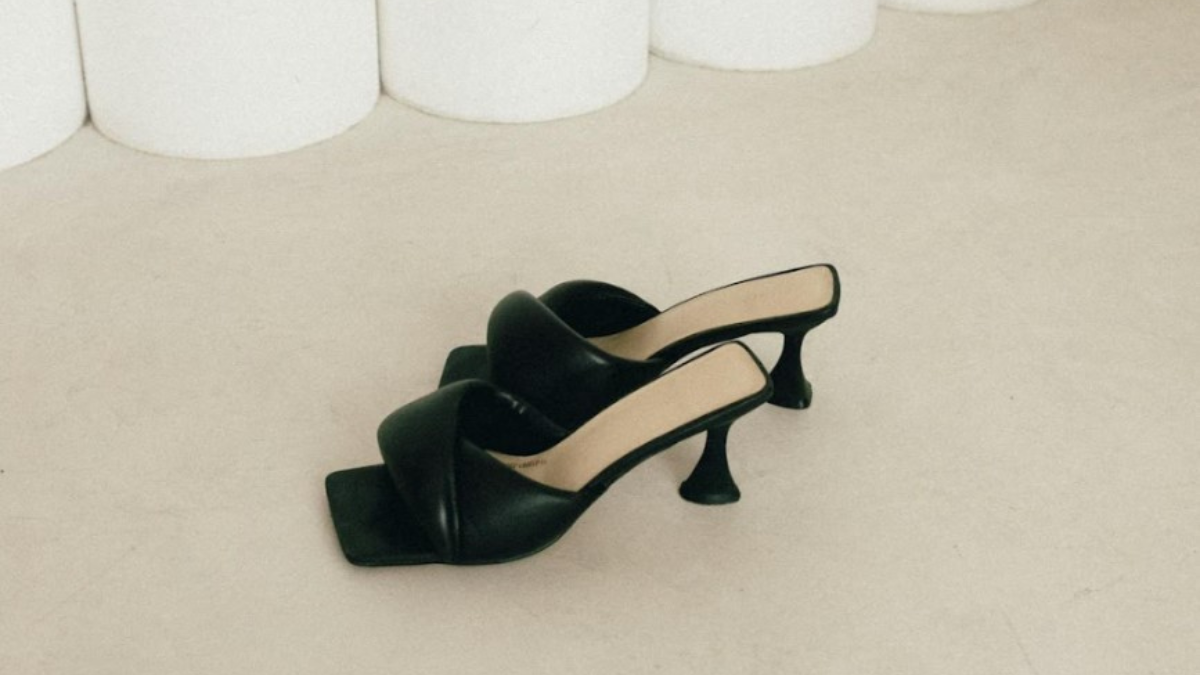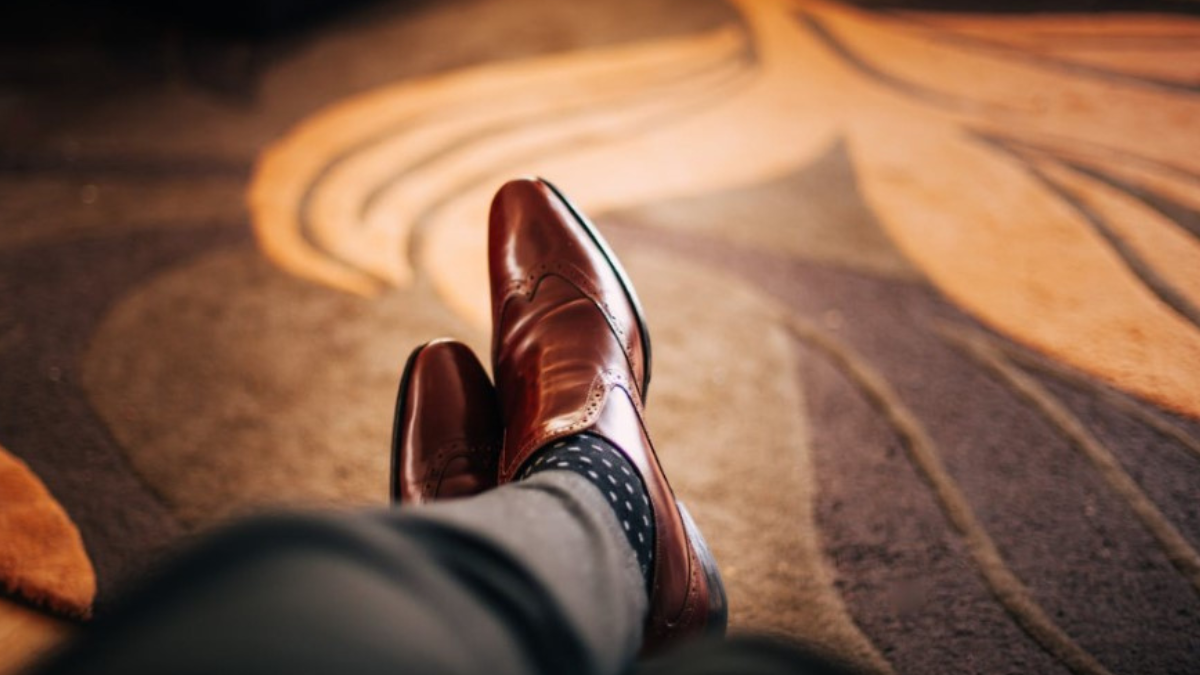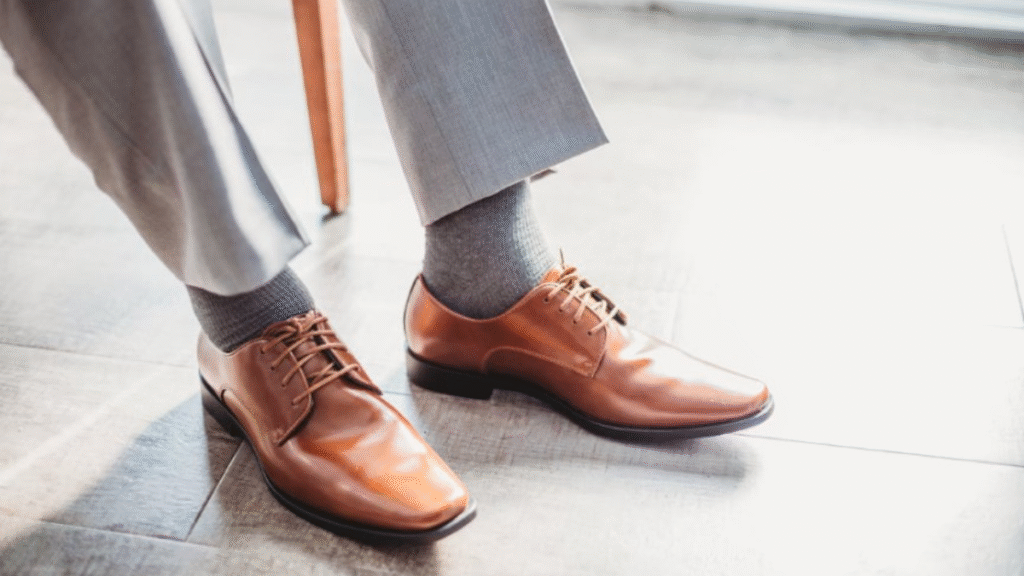Different luxury shoe materials require specific care approaches to prevent damage and maintain their appearance. Leather shoes need regular conditioning to prevent cracking, while suede requires specialized brushes and waterproofing treatments. Patent leather demands gentle cleaning with soft cloths to avoid scratching the glossy surface.
Furthermore, exotic materials like crocodile or snake skin need even more delicate handling with pH-balanced cleaners. Canvas and fabric shoes benefit from protective sprays that repel stains and water. Additionally, metallic finishes require non-abrasive cleaning methods to preserve their shine and prevent tarnishing.
Essential Tools for Professional-Level Care
Having the right tools makes the difference between amateur and professional shoe care results. Cedar shoe trees are fundamental for maintaining shape and absorbing moisture between wears. Quality horsehair brushes remove dirt without damaging delicate surfaces, while suede brushes restore texture to napped leather.
Moreover, microfiber cloths provide lint-free cleaning that won’t scratch premium finishes. Leather conditioners and creams keep materials supple and prevent cracking. Additionally, weatherproofing sprays create invisible barriers against water and stains without altering the shoe’s appearance.
Daily Maintenance Habits That Prevent Damage
Simple daily practices significantly extend the life of luxury footwear without requiring extensive time or effort. Always insert shoe trees immediately after removing shoes to maintain shape and absorb moisture. Allow shoes to air dry for at least 24 hours between wears to prevent bacterial growth and material breakdown.
Additionally, rotate between multiple pairs to reduce wear on individual shoes. Brush off surface dirt and dust after each wear using appropriate brushes for the material. Furthermore, store shoes in dust bags or boxes to protect them from light exposure and environmental damage that can cause fading or cracking.
Weekly Deep Cleaning Techniques
Regular deep cleaning removes accumulated dirt and maintains the shoe’s original luster. Start by removing laces and using a soft brush to eliminate surface debris from all crevices and seams. Apply appropriate cleaners using circular motions, working from the inside outward to avoid spreading dirt.
Subsequently, condition leather shoes with high-quality products that match the specific leather type. Allow conditioning products to absorb completely before buffing with clean cloths. Meanwhile, treat suede with specialized erasers to remove scuffs and restore the nap texture.
Seasonal Protection and Storage Strategies
Different seasons present unique challenges that require specific protective measures. Winter demands waterproofing treatments applied well before the first snowfall, creating barriers against salt and moisture damage. Summer heat requires UV protection for colored leathers that might fade under intense sunlight.
During storage periods, stuff shoes with acid-free tissue paper to maintain shape without causing chemical reactions. Store shoes in climate-controlled environments with consistent temperature and humidity levels. Moreover, avoid plastic storage containers that trap moisture and promote mold growth in favor of breathable fabric bags.
Professional Services and When to Use Them
Certain maintenance tasks require professional expertise to avoid irreversible damage. Resoling should only be performed by experienced cobblers who understand luxury shoe construction methods. Plus, a complex stain removal, especially on light-colored or exotic materials, only benefits from secure shoe cleaning services with specialized equipment.
Furthermore, structural repairs like heel replacement or stitching repairs require professional tools and techniques. Color restoration for faded or scratched leather also demands professional-grade products and application methods. Additionally, waterproofing exotic skins requires specialized knowledge to avoid damage during the treatment process.
Common Mistakes That Cause Permanent Damage
Several common practices can irreversibly damage luxury footwear despite good intentions. Never use household cleaners or harsh chemicals that can strip protective finishes or discolor materials. Avoid exposing wet shoes to direct heat sources like radiators or hair dryers, which cause leather to crack and shrink.
Additionally, don’t store shoes in damp basements or hot attics where extreme conditions promote deterioration. Never ignore small problems like loose stitching or minor scuffs, as these issues worsen over time and become more expensive to repair.
Building a Sustainable Care Routine
Creating a consistent care routine ensures luxury shoes receive proper attention without becoming overwhelming. Schedule weekly cleaning sessions that become habitual rather than reactive maintenance. Invest in quality care products that provide long-term value despite higher initial costs.
Moreover, document care activities and professional services to track maintenance history and identify patterns. This systematic approach maximizes the return on investment while preserving the shoes’ value and appearance for future enjoyment or resale opportunities.







